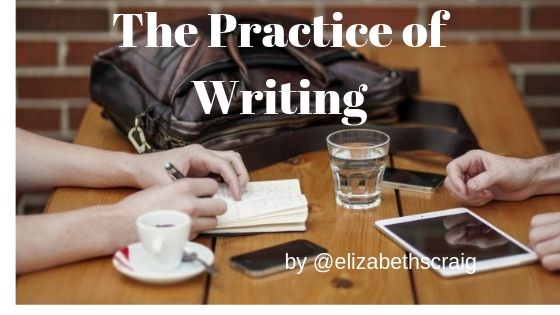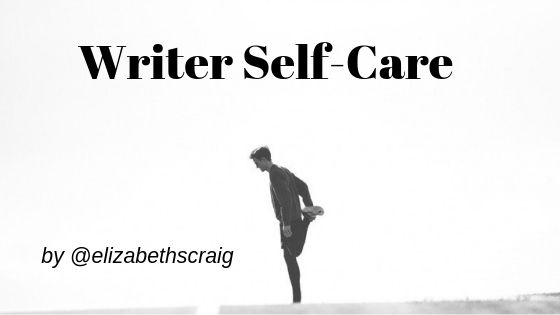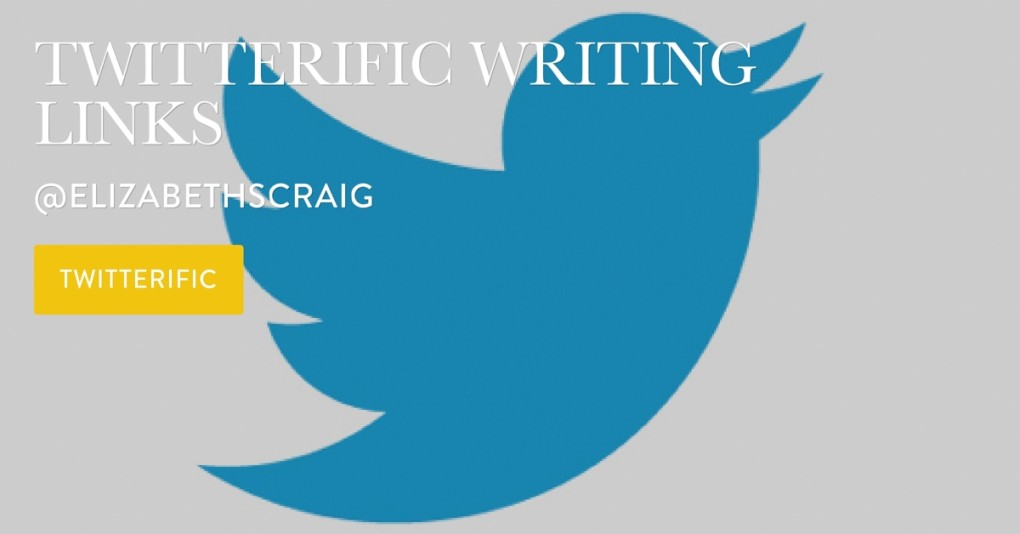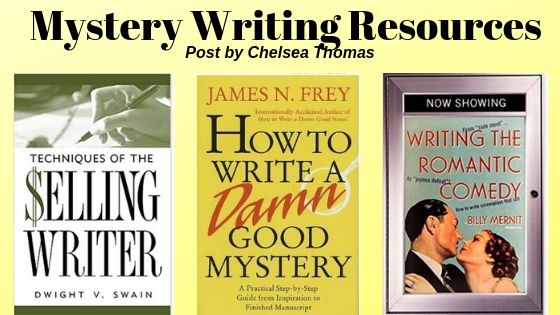
by Chelsea Thomas
Hello! My name is Chelsea Thomas and I’m the author of the Apple Orchard cozy mystery series. When I started writing this series, I learned a lot about the various elements that go into a cozy, including the mystery, the romance, and the recipes! Still, the foundation for every good book is the writing. I’ve found a lot of helpful resources for creating a compelling mystery, here are a few of my favorites.
By Dwight Swain
Plotting a mystery is a complicated and challenging process. But even if your premise or mystery is phenomenal, readers will lose interest if the writing is lacking. That’s why starting with a solid foundation for your writing is critical. I recommend Techniques of the Selling Writer by Dwight Swain to build core writing skills. The book itself has a fun, flippant tone. As I read it, I imagine Dwight Swain with a cigar in his mouth as he reads the pages out loud. Techniques of the Selling Writer helps with writing prose. Some of the most useful tips are about writing clear sentences. By keeping your sentences short and specific, you ensure that your readers don’t get lost in the writing. Keeping your syntax short and specific, you can set a scene and appeal to your readers’ senses. The best way to get readers hooked on your book is create a world so real, they can see, smell, hear and feel it. (And ideally taste it too!)
One trick I use from Swain for mysteries specifically is his React, Dilemma, and Decision structure. RDD is basically a building block for scenes, where your character react to a situation, struggle with what to do, and then reach a conclusion. I found RDD especially helpful after the discovering-the-body scenes in my books. How do our sleuths react to the body? Are they scared? Relieved? Disgusted? Then arises the dilemma: should they investigate or call the cops? What should they do with the clues? The comes the decision. In cozy mysteries, of course, the decision is always to investigate! Our amateur sleuths can’t resist a good mystery.
By James N. Frey
Once you’ve honed your writing skills, the mystery plotting can begin. How to Write a Damn Good Mystery by James N. Frey is everything you could ask for in a How-To for mysteries. At the very start, Frey discusses The Good, the Bad and The Ugly of murder mysteries. The Good Mysteries suddenly strike the writer, making her say “I can create a mystery out of this.” The Bad mess with the mystery formula. The Ugly have a weak main character. Throughout the book, Frey instructs on setting up the murder, the murderer, the sleuth, and then setting up the entire backstory and plot. He gives every author the tools to start building her own mysteries.
By Billy Mernit
Cozies sometimes have a romantic subplot mixed in. Romance can be a great addition to your story and help flesh out characters and their private lives. A bad love story, however, might be distracting and clunky, taking the reader out of the mystery. The book I reference to help craft a good love story is Writing the Romantic Comedy by Billy Mernit. I first discovered this book as a screenwriting tool, and my husband and I write screenplays when we’re not writing cozies. But Mernit’s advice is helpful in cozies too. Romance is tricky by itself because the plot points aren’t obvious like they are in mysteries. Most of a good romance is internal and character-based. Writing the Romantic Comedy teaches you how to identify character flaws and bring thematic relevance to the story. A good romance is its own story, and Mernit’s book suggests ways to avoid cliches and other romantic pitfalls.
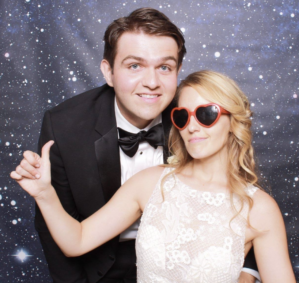 Chelsea Thomas is technically two people… Married writing team Chelsea and Matthew Thomas. Matt and Chelsea write cozy mysteries set on an apple orchard in upstate New York. They also write television and film. As screenwriters, they have worked with several studios, including Nickelodeon, SONY and CBS. Chelsea and Matt are graduates of Duke University and they are members of the Writers Guild of America. Chelsea enjoys spending time with animals and practicing yoga. Matt loves playing music. They both enjoy spending time near the water. Join the Chelsea Thomas Reader Club at www.chelseathomasauthor.com.
Chelsea Thomas is technically two people… Married writing team Chelsea and Matthew Thomas. Matt and Chelsea write cozy mysteries set on an apple orchard in upstate New York. They also write television and film. As screenwriters, they have worked with several studios, including Nickelodeon, SONY and CBS. Chelsea and Matt are graduates of Duke University and they are members of the Writers Guild of America. Chelsea enjoys spending time with animals and practicing yoga. Matt loves playing music. They both enjoy spending time near the water. Join the Chelsea Thomas Reader Club at www.chelseathomasauthor.com.

